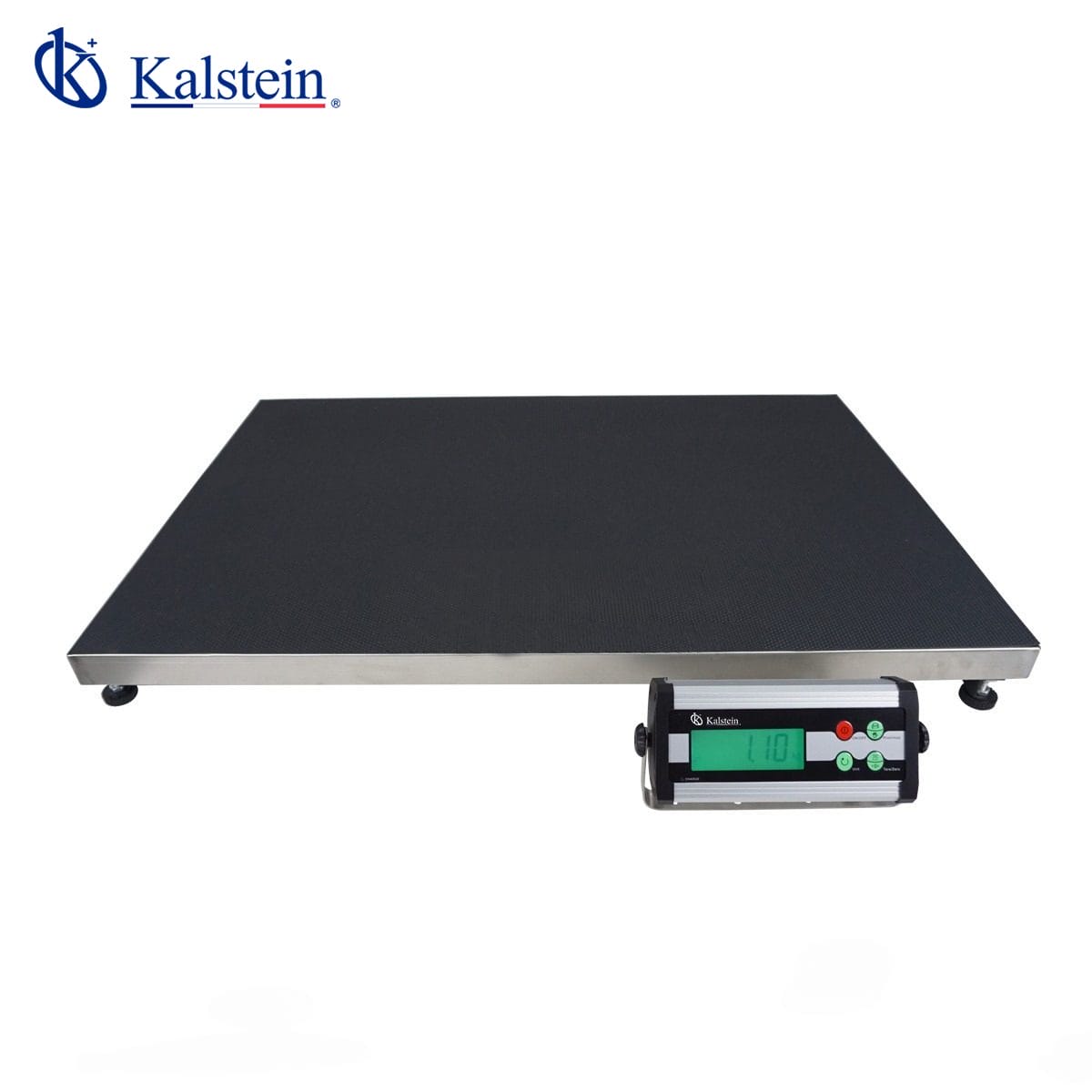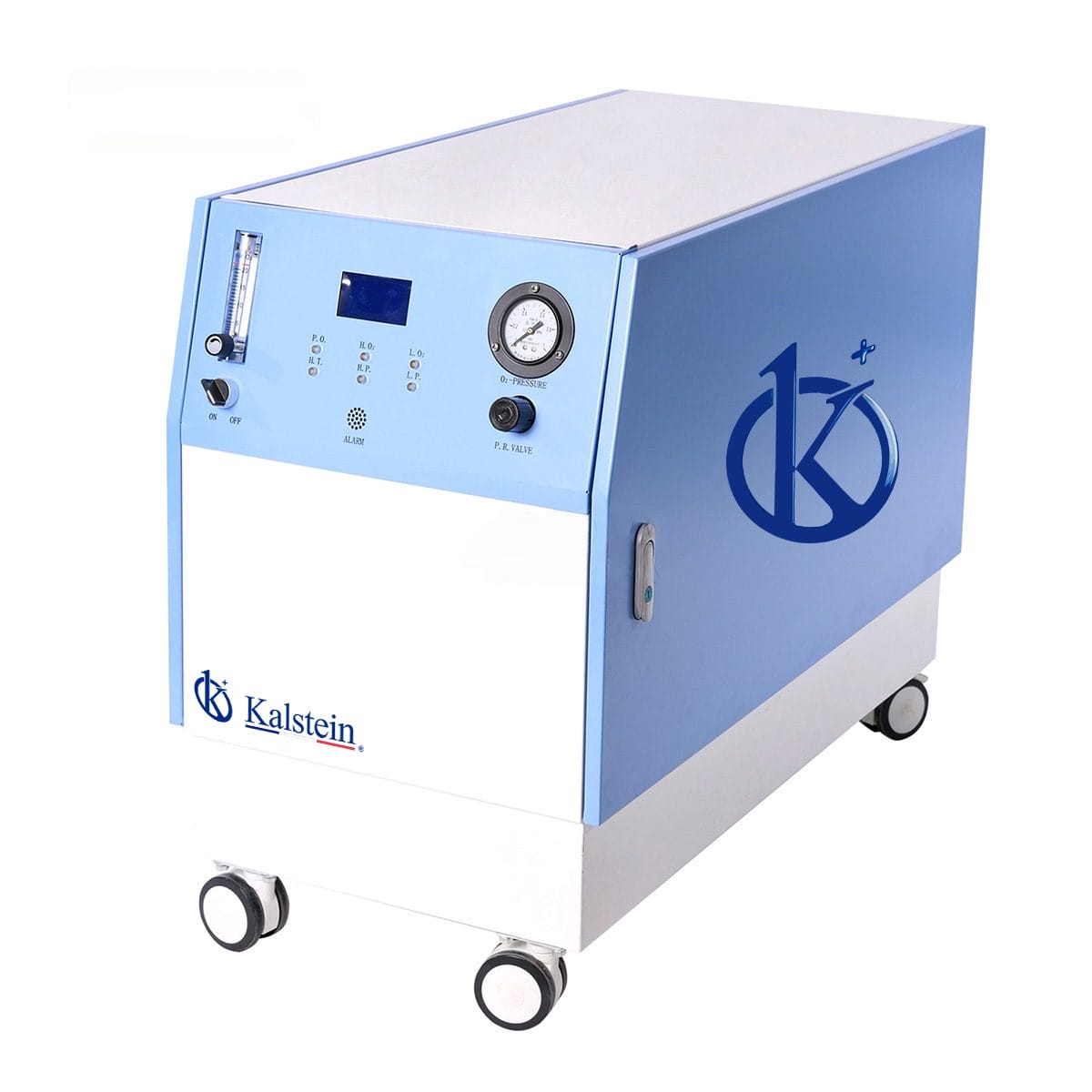Laboratories use centrifuges to help separate particles into suspensions; the environment has also benefited from the influence of these vital instruments.
Plasma centrifuge is a modern variant, providing revolutionary technologies for laboratories; compared to basic centrifuge, plasma centrifuge differs in five main aspects: operating conditions, operating temperature, operating duration, soiling and aging resistance.
Key characteristics of plasma centrifuges
These differences allow the plasma centrifuge-fluid particle separation processes to work faster, more efficiently and more accurately as well; a plasma centrifuge is mainly characterized by its extreme operating conditions.
This condition refers to the high speed at which the unit must operate to achieve the desired results, in many cases, the rotational speeds reach from 25000 to 200000 RPMS in some extreme cases.
Plasma centrifuges work at high temperatures to make the results of processes performed with it more effective
Therefore, these features prevent human error by drastically minimizing the random factors involved in the process; for normal centrifuge, this feature is rarely required.
The operating temperature of the plasma centrifuge is much higher than that of a normal centrifuge, since the plasma operates at higher temperatures, this centrifuge must operate at equally high temperatures to achieve the desired results.
Differences between plasma centrifuge and normal centrifuge in the results of tests performed by specialists
Occasionally, these amounts can be as high as 150 ° C; this is due to the high permeability of the plasma, which also allows the centrifuge to process many particles simultaneously.
The temperature of conventional centrifuges is not as high; a plasma centrifuge also operates for longer periods than a normal centrifuge, this is due to the fact that plasma needs much more time to cool down after material extraction.
Apart from the above differences, plasma centrifuge also has a much higher fouling resistance
For a normal centrifuge, this characteristic is not so critical as the environment can be exploited much faster; however, for materials used in plasma centrifuges, this characteristic is indispensable.
Water and oil, two of the main dirt factors in the environment, are very difficult to adhere to the plasma centrifuge material; this makes it much more difficult for this centrifuge to accumulate harmful materials.
Aging of a normal centrifuge is more worrisome because it can lead to productivity losses and sometimes fatal errors
In contrast, a normal centrifuge has significantly lower soiling resistance, which can lead to accuracy and even safety issues; plasma centrifuge also has higher aging resistance compared to normal centrifuge.
This feature allows long-term use without fear of significant use or time-lapse damage, this is critical for laboratories wanting to exploit the potential of plasma centrifuge over time.
Plasma centrifuges are the most reliable choice for specialists in your labs
In conclusion, the plasma centrifuge presents many significant differences with respect to the normal centrifuge, these include extreme operating conditions, high operating temperatures, longer operating durations, greater resistance to fouling and better resistance to aging.
These features together allow laboratories to better leverage particles in liquid suspensions, providing faster, more accurate and more efficient results.
Kalstein as a MANUFACTURER offers you different centrifuge models
Just go to our website and click on the following link HERE
Kalstein offers you the best centrifuges in the market, visit our website HERE to enjoy great offers and prices without competition, since we are MANUFACTURERS and we can guarantee your effective purchase.




